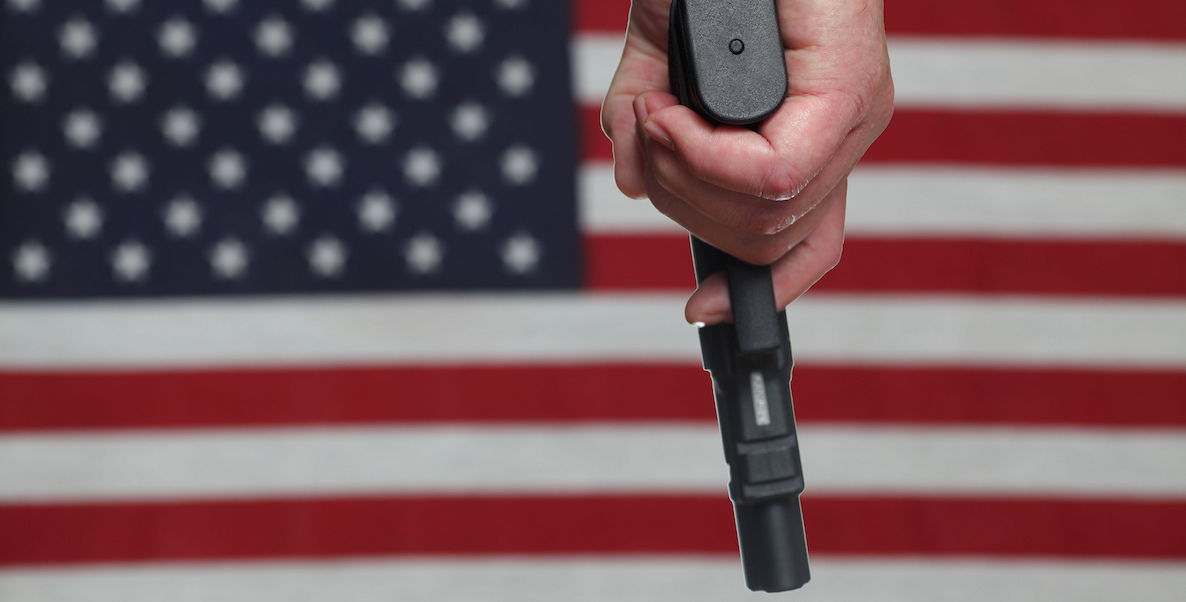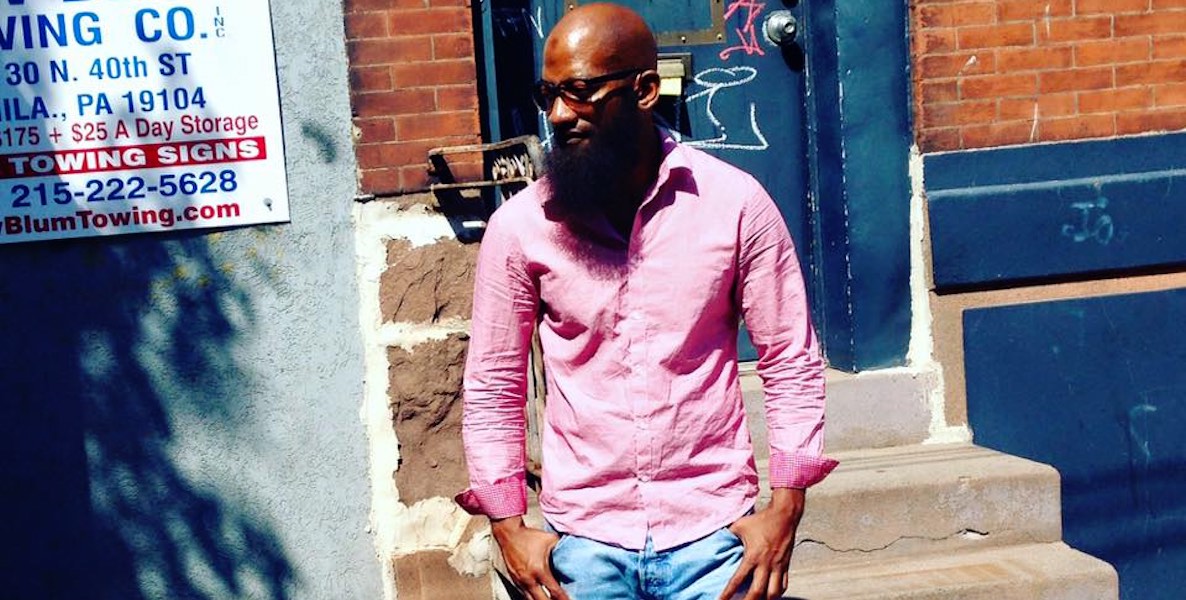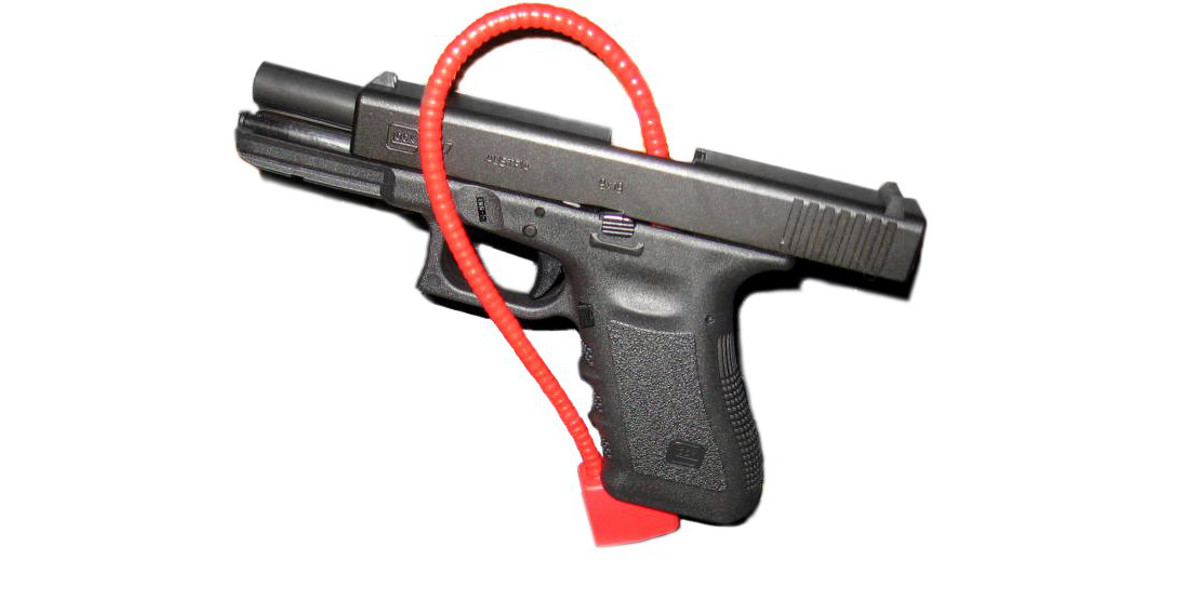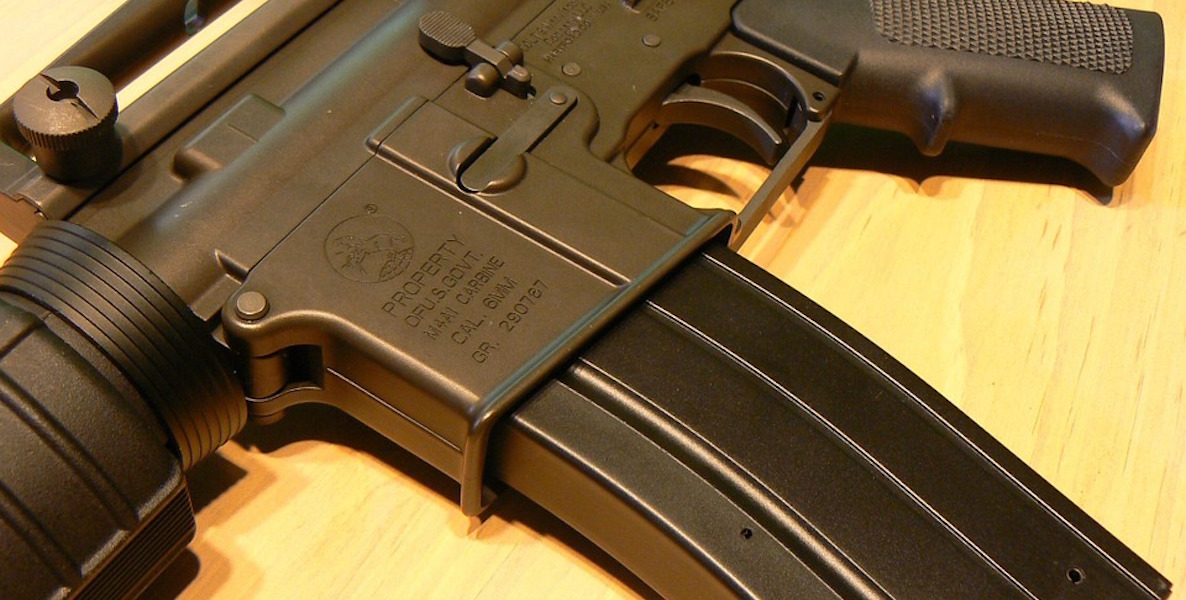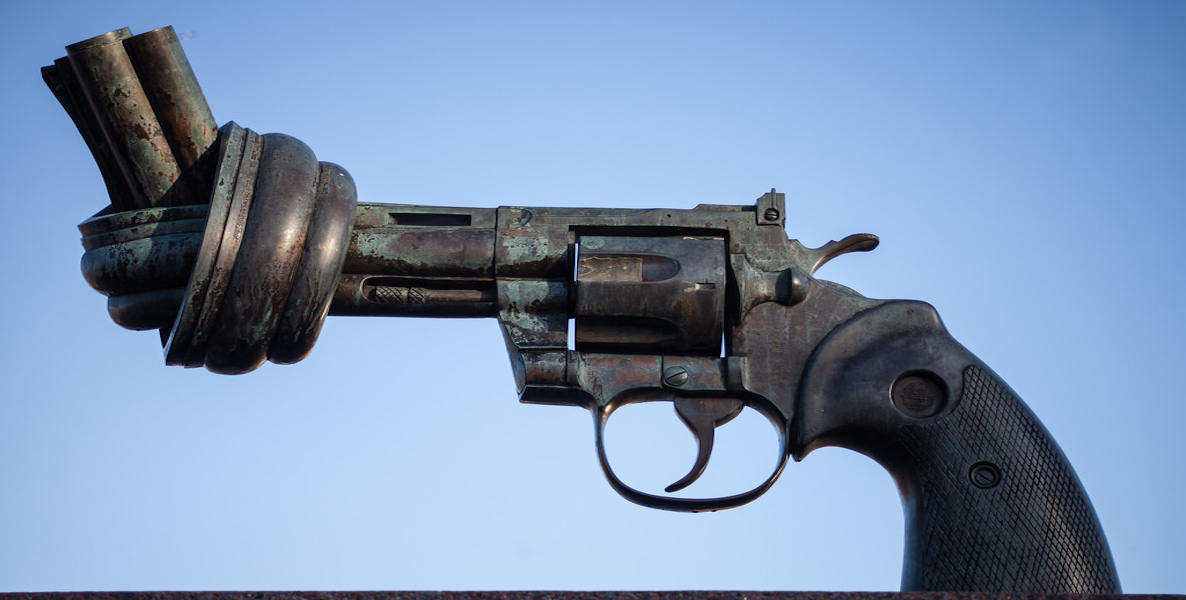Is there anyone in America over the age of 15 who doesn’t recall the horror, terror, sorrow and despair of the moment when they learned of the news unfolding in Sandy Hook in 2012? I, for one, remember it well, in no small part because I had a daughter in first grade, the same age as the 20 children who were gunned down by a lunatic with a semiautomatic rifle. In their classrooms. In small town America.
Be Part of the Solution
Become a Citizen member.Since then, some 400 people have been shot in over 200 school shootings, according to the Gun Violence Archive. It was the 18th intentional or accidental shooting on or near school grounds this year alone. You probably didn’t know that because it’s such a common occurrence that it takes a massive attack like the one on Wednesday—in which at least 17 people were killed in Florida by a teenager with an AR-15—to really make national news, to make us stop again, weep again and wring our hands again over the bitter truth that is America. We kill each other, with guns, with pre-calculated impunity, over and over and over. And we as a people do nothing about it.
Well, actually, our elected representatives do nothing about it. And our President and his cronies in Congress are going to do nothing this time, either.
Hear this on our podcastListen
What we need is a low-hanging instance of consensus, something that gives to both sides—and keeps people alive. “We have to take all these noisy arguments that go nowhere off the table, and focus on the real solutions that we need to keep our kids safe,” Nicole Hockley, whose son Dylan was killed in Sandy Hook, said on MSNBC yesterday morning. “Taking guns away is not a solution. Arming everyone is also not a solution.”
One such solution Hockley and others have proposed is Extreme Risk Protection Orders, enacted already by four states—California, Connecticut, Indiana and Washington—and being considered by about 20 others. An ERPO works much the way a temporary restraining order does, in cases of domestic violence. It allows a family member, household member or law enforcement official to petition a judge with evidence that someone is posing a threat to themselves or others. If the judge agrees, police can then temporarily seize their firearms. In Washington state—which passed an ERPO law by voter referendum in 2016—the judge can take the guns away for a year and refer the person to counseling; after a year, the order can be renewed or rescinded, depending on circumstances.
“With so many murders, suicides or shootings, someone knows what’s going on—a parent, a spouse, a partner,” says Shira Goodman, Executive Director of CeaseFire PA. “They know someone’s in crisis. This would save lives.”
About gunsRead More
But before the Parkland shooting, police had no reason to take Cruz’s guns from him. He bought them legally. In Florida, as in most states—including Pennsylvania—anyone can buy a gun who has never been involuntarily committed to a mental health facility, or been declared mentally incompetent by a judge. (A few states also have laws that prevent domestic abusers from owning a gun.) An ERPO might have allowed Cruz’s mother, or the police, to get the guns out of his hands long enough to get him whatever help he needed, which might have been enough to keep him from murdering his former classmates.
An ERPO might also have saved the victims of Elliot Rodgers, who in 2014 (before California enacted its version of the law) shot 10 people and himself near Santa Barbara, even after his parents became so concerned about his behavior that they called his therapist, who called the police—who did not remove his guns. Or California Rep. Gabrielle Giffords and 19 others, who in 2011 were shot by Jared Lee Loughner, whose parents took away his shotgun, but had no legal means to prevent him from buying other guns.
Make your voice heardDo Something
“A law like this allows you to deal with a temporary crisis,” says Goodman. “When someone picks up a gun, the situation becomes permanent. But it doesn’t have to.”
An ERPO should be a simple thing to agree on. It’s actually a measured response: It doesn’t bar someone from ever getting a gun because of a breakdown that sent them to a hospital for 72 hours, years ago. It touches on the post-rampage Republican refrain, highlighted by Pres. Trump in his statement Thursday, that more attention needs to be paid to mental health issues. And we have a model for how it can work, in the longstanding legal process of getting temporary restraining orders, which may or may not become permanent.
But can we get into law?
In Pennsylvania, Montgomery County State Rep. Madeleine Dean proposed a version of ERPO in 2016—but it never even made it to the floor. This year, Rep. Steve McCarter from Glenside says he may bring it up again, though he’s not sure when. “Sad to say, you wait to put them in for maximum effect,” he notes. McCarter is circulating proposed legislation that would allow police to remove guns from someone who has a domestic abuse restraining order, something we’ve written about before. And Dean has co-sponsored two other common sense gun control bills.
Unfortunately, there is no guarantee that even the most sensible of bills will make it through Pennsylvania’s legislature. “We’ve never been able to get any of these types bills to even have a hearing,” McCarter says. This is the same state, after all, that went out of its way to pass a “preemption” law to keep Philadelphia from enacting its own gun control legislation. And this is an election year—which means, like what happened after Sandy Hook, we are on the precipice of doing nothing, again, even after children are slaughtered in their school.
Goodman has hope that the situation in Florida will spur the kind of people-powered action she has seen on the rise since Sandy Hook. “As long as people are outraged, and angry and don’t get numb, there is light and hope,” she says. Light and hope are necessary, in times of utter darkness and bewilderment. But action means so much more, as one grieving, terrified and wise Parkland student told CNN on Wednesday.
“Ideas are great, ideas are wonderful and they help you get re-elected and everything, but what’s more important is actual action,” the student, David Hogg, said. “We’re children. You guys are the adults.”



